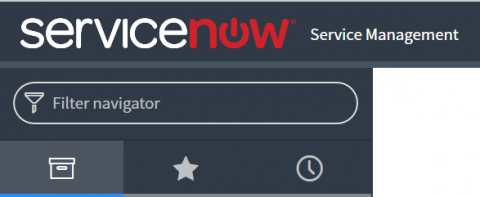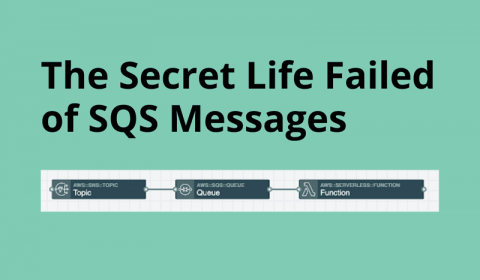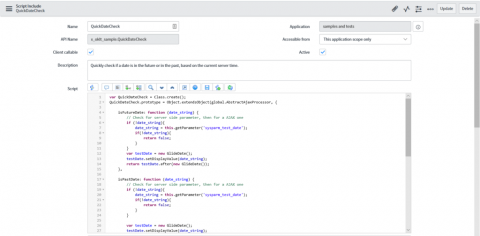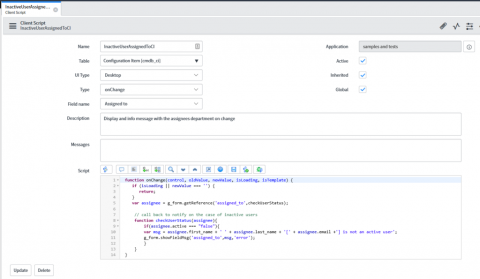Tricks with the ServiceNow Filter Navigator
The filter navigator sites in the top left modestly heading up the table of options. Until recently I’ve been using it to just filter the list below, then, someone introduced me to a couple of other cool commands you can run. The below six functions are all run against a table, for my examples I’ve uses sys_user, but any table can be used. I was able to find the New York documentation for this functionality here if you’d like more details.











